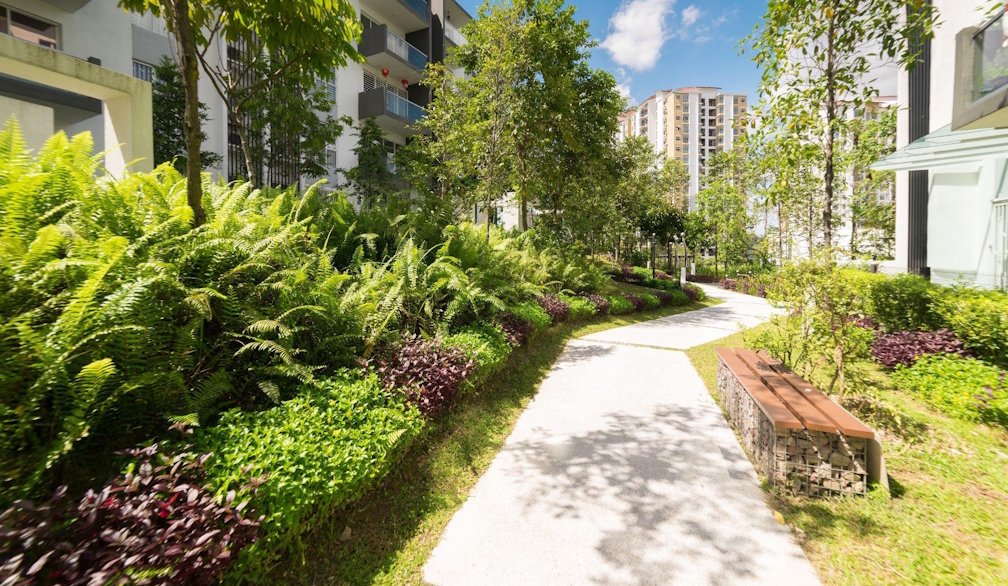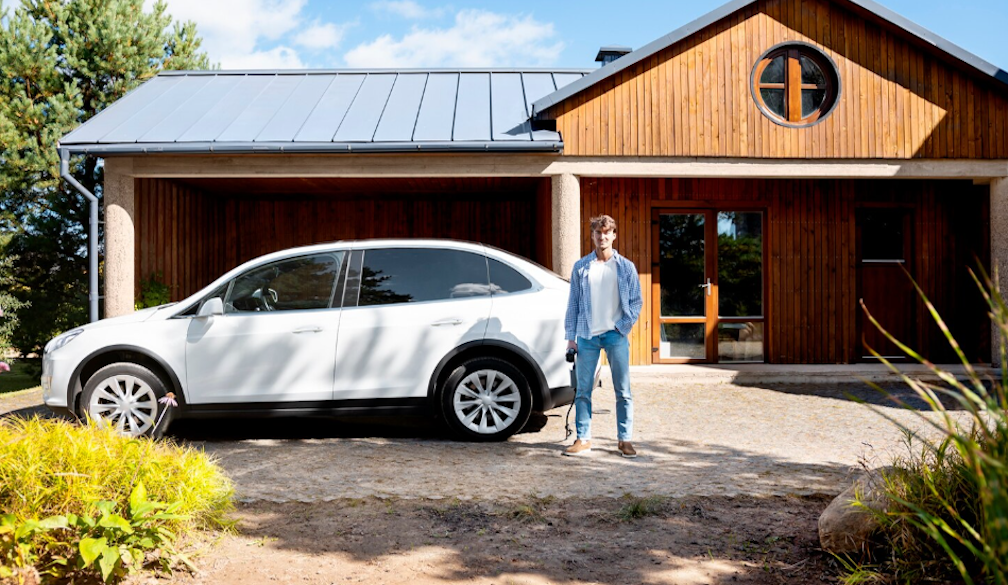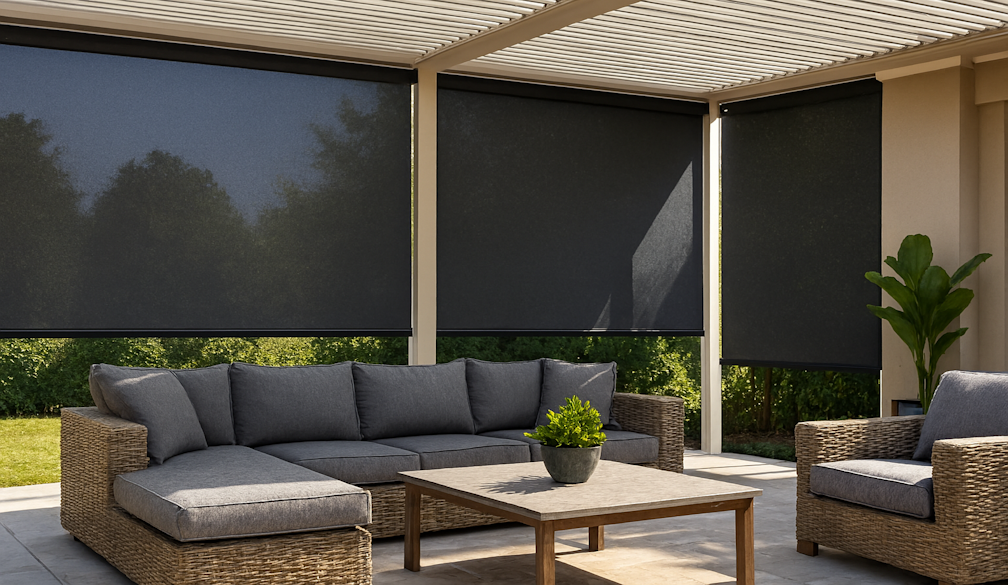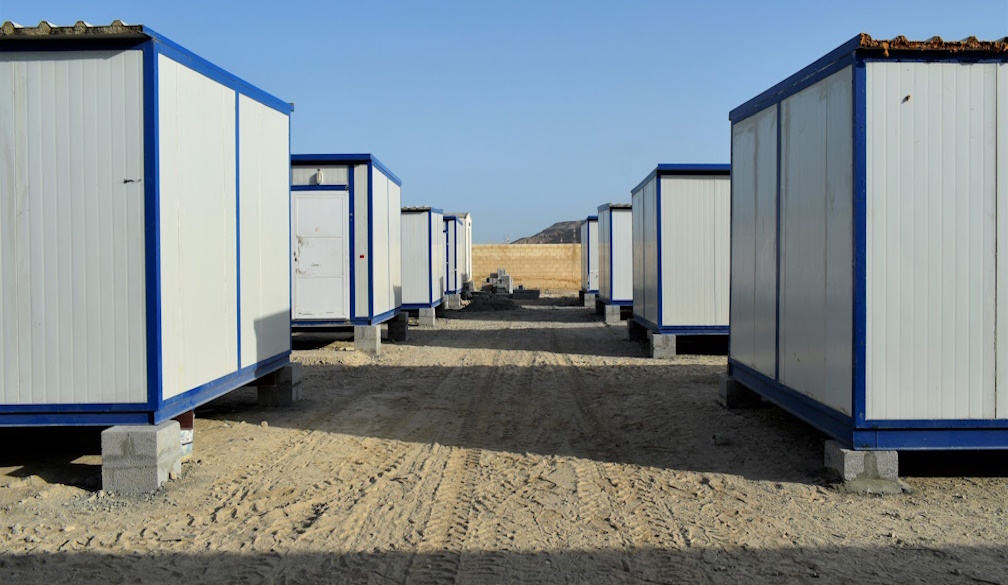Strategies for Successful Green Space Integration in Urban Settings

Green spaces serve as the anchor of urban ecosystems striking a balance between environmental protection, communal health, and aesthetic appeal. They are more than just lush blankets of revitalising colours in concrete-rich zones. They serve as the lungs of urban landscapes, filtering pollutants to provide cleaner air while establishing an environment conducive for urban biodiversity. Concurrently, they cultivate spheres of human interaction, promoting better mental health and stimulating active lifestyles. In this vein, the planned assimilation of green spaces into our urbanisation progress is tantamount to preventative healthcare, a leap towards eco-friendlier city living, and a testament of a more sustainable, liveable future. This article seeks to explore strategic actions to integrate green spaces into our bustling urban areas efficiently and effectively.
Understanding the Concept of Urban Green Space
Urban green spaces, the collection of natural or semi-natural areas in cities, when embedded judiciously into urban planning designs, serve a multitude of ecological, social and health benefits. A successful marriage between robust urban design and the strategic incorporation of green space integration has been widely demonstrated worldwide. For instance, the Garden City of Singapore, with its famous Gardens by the Bay, and New York's illustrious Central Park, are testament to the immense potential of green space integration.
While the merits such as environmental preservation, physical health enhancement and community bonding promotion associated with urban green spaces are plentiful, their fruitful assimilation is also confronted with challenges. These may range from substantial long-term maintenance cost to surmounting urban space constraints, highlighting the need for strategic planning and innovative problem-solving.
Assessing the Need for Green Spaces in Urban Areas
Fast-paced urbanisation, though a marker of progress, has also left in its wake environmental impacts, notably air pollution and a diminished biodiversity. Informative green spaces serve as the environmental pendulum, swaying against these challenges. They act as carbon sinks, soak up pollutants, promote biodiversity, and play host to microclimates that contribute to the city's overall bio-geography.
Besides environmental deterrents, green spaces hold immense value in cultivating social cohesion and holistic health improvement, providing respite from stress and active recreational grounds. A case in point is the metropolis of Beijing, one of the world's most densely populated and polluted cities. It's clear that green spaces can significantly enhance the quality of living and environment for millions of citizens. Yet, while progressive strides are being made, there is still a long journey ahead.
Green Space Design and Planning Strategies for Urban Areas
In the realm of urban planning, the development of green spaces demands intentional positioning and design principles. Green spaces, for instance, need to be interspersed across the urban landscape strategically, ensuring their reach and enjoyability for all residents. There is no one-size-fits-all solution, but larger green spaces tend to significantly impact the urban climate, offering cooling and air purification.
In more densely populated metropolises, where every square inch of space is a premium, the incorporation of green spaces calls for a higher level of creativity and innovation. Pocket parks, green rooftops, and vertical gardens injected into under-utilised urban spaces provide fresh air and green view corridors. These strategies call us to explore innovative urban home designs that meld nature and architecture seamlessly.
Collaborative Implementation of Urban Green Space Strategies
The realisation of green space strategies calls for active collaboration between urban planners, local government, and community stakeholders. It's a coordinated dance of intricate steps, where each participant plays a crucial role. Moreover, equal attention should be directed to funding options and efficient resource allocation for longevity and sustainability.
Singapore stands as an exemplary case study of successfully transitioning from a 'garden city' to a 'city in a garden'. This transformation is a result of carefully phased development, unwavering governmental support, and active community participation. This powerful synergy underpins the value of collaborative effort in driving large scale urban transformations.
Monitoring the Impact and Sustainability of Urban Green Spaces
Continuous assessment and modification is key to the long-term sustainability of green spaces. To do so efficiently, a selection of key performance indicators can be used, including the percentage of urban area covered by green space, biodiversity levels, the positive effects on human health and the extent of community usage.
New-age technology is also proving itself a game-changer; satellite imagery, geospatial mapping, and computer simulations are just some of the tools that can help monitor the maintenance and overall health of these spaces. They provide a wealth of data that can guide better management decisions and instigate progressive improvement.
Conclusion
Weaving green spaces into the concrete fabric of urban settings necessitates a delicate balance between thoughtful design, strategic planning, community collaboration and adaptive management. The sheer spectrum of benefits - from reduced pollution and heightened biodiversity to community health and wellbeing - testify to the indispensability of these green oases. It's an urgent call to action for urban planners and local governments. The alpha and omega of our urbanisation narrative should invariably include greener canvases. Be it for healthier cities or happier, more resilient dwellers, urban futures must make room for nature to thrive.



















